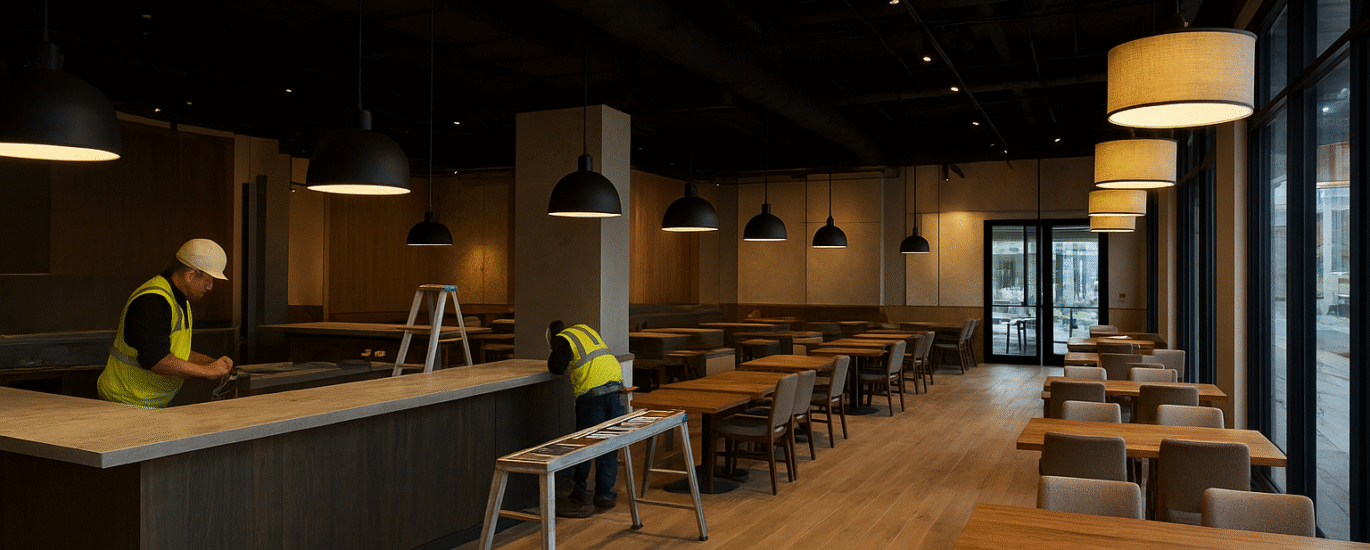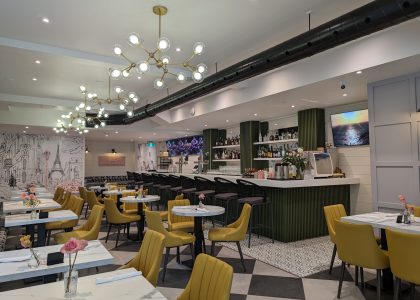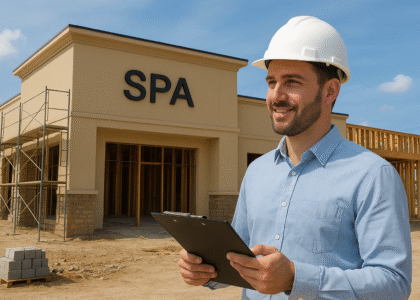In the competitive U.S. retail market, shopping center construction goes beyond just building retail units. Every square foot whether it’s the entrance, lobby, food court, restrooms, or parking plays a role in customer experience and tenant success. Developers and contractors are focusing on modern designs, sustainable construction, and flexible layouts that attract both shoppers and long-term tenants.
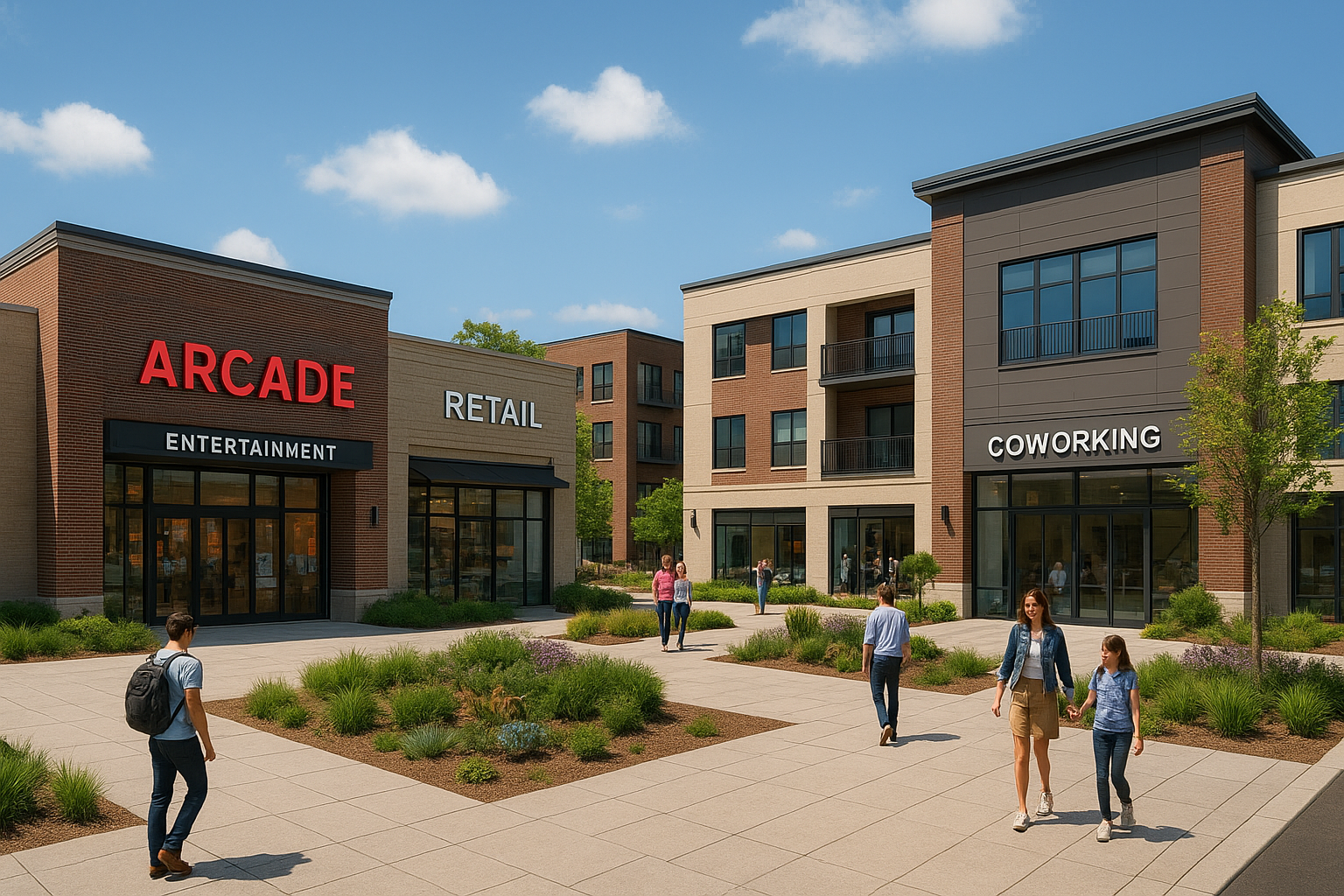
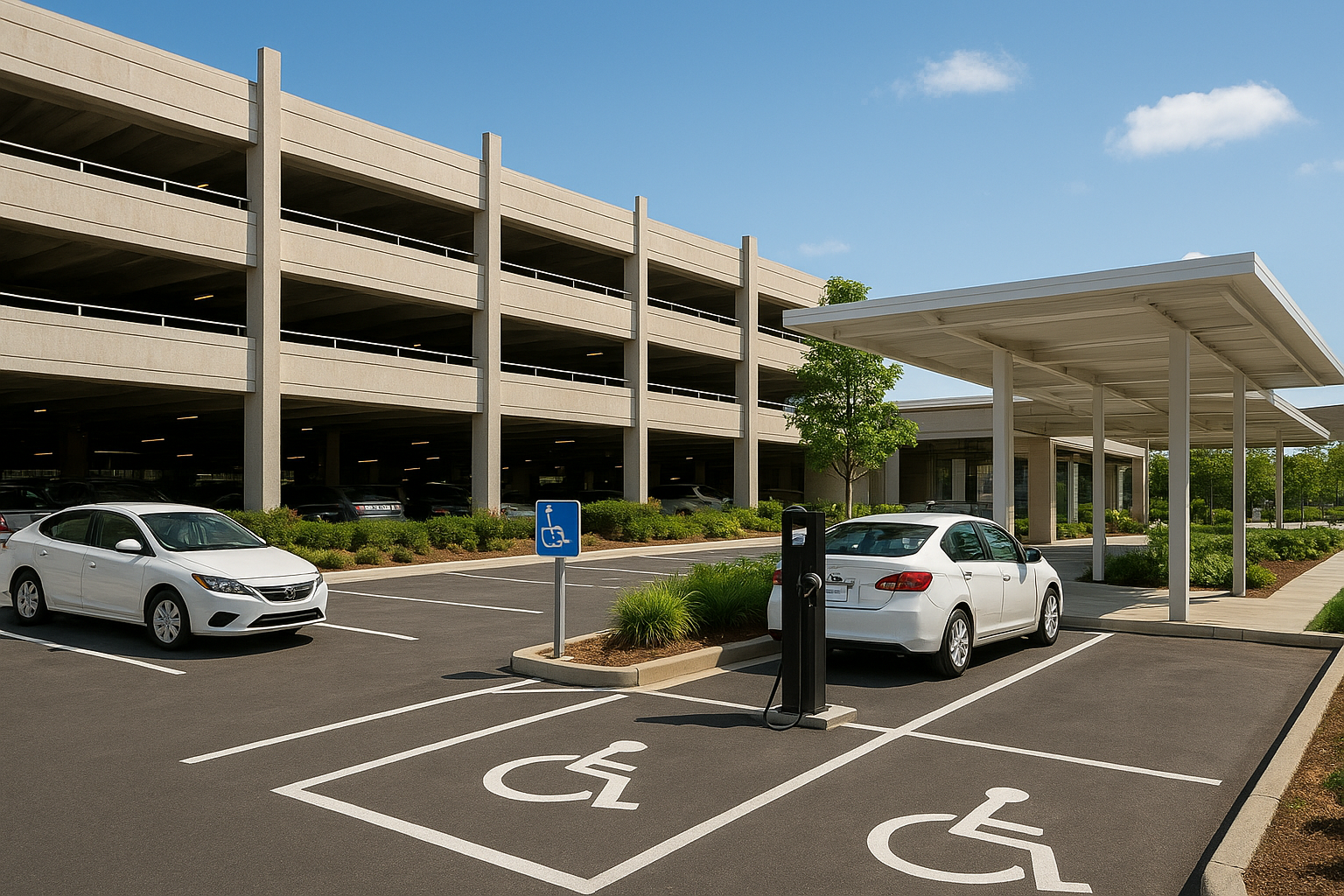
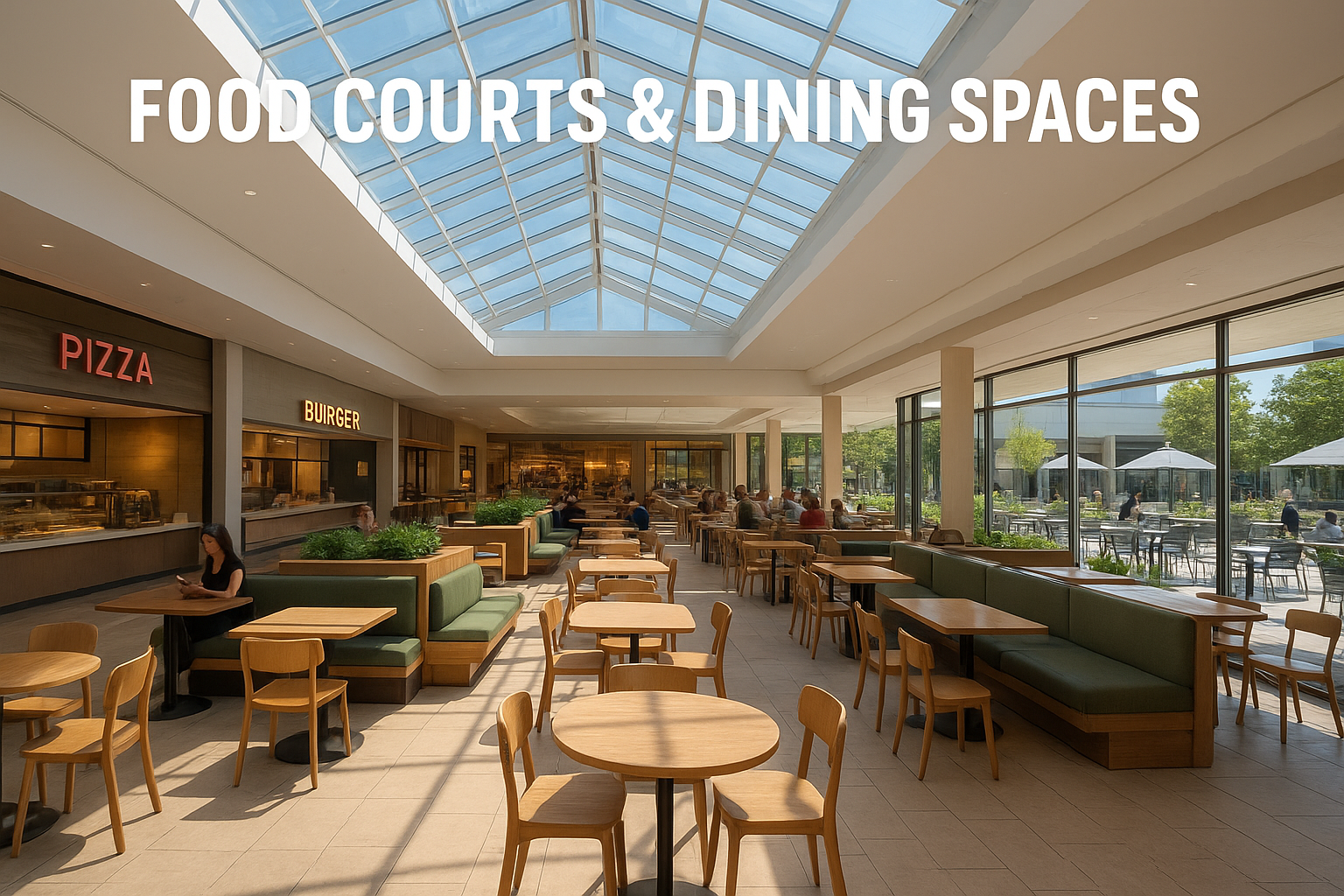
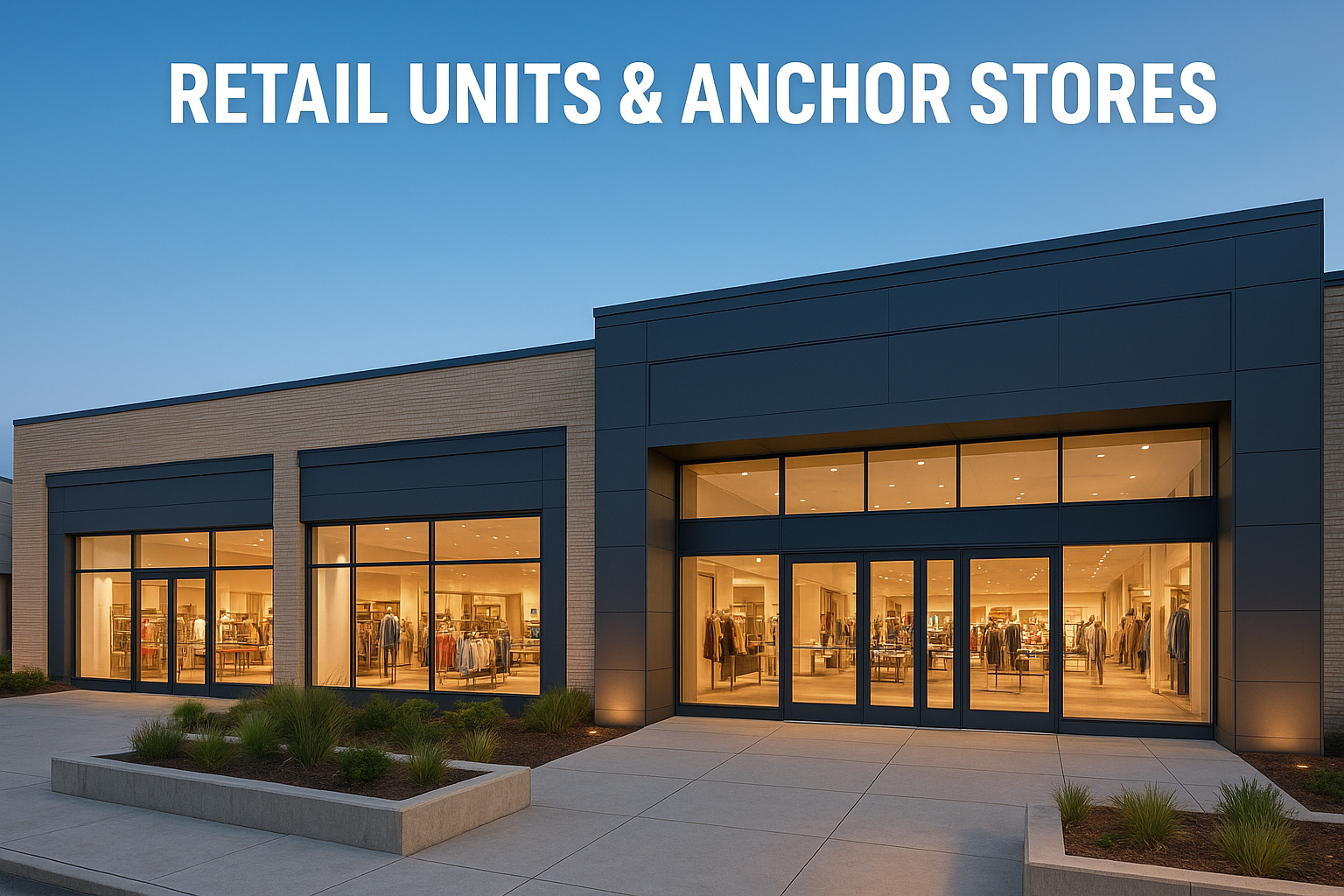
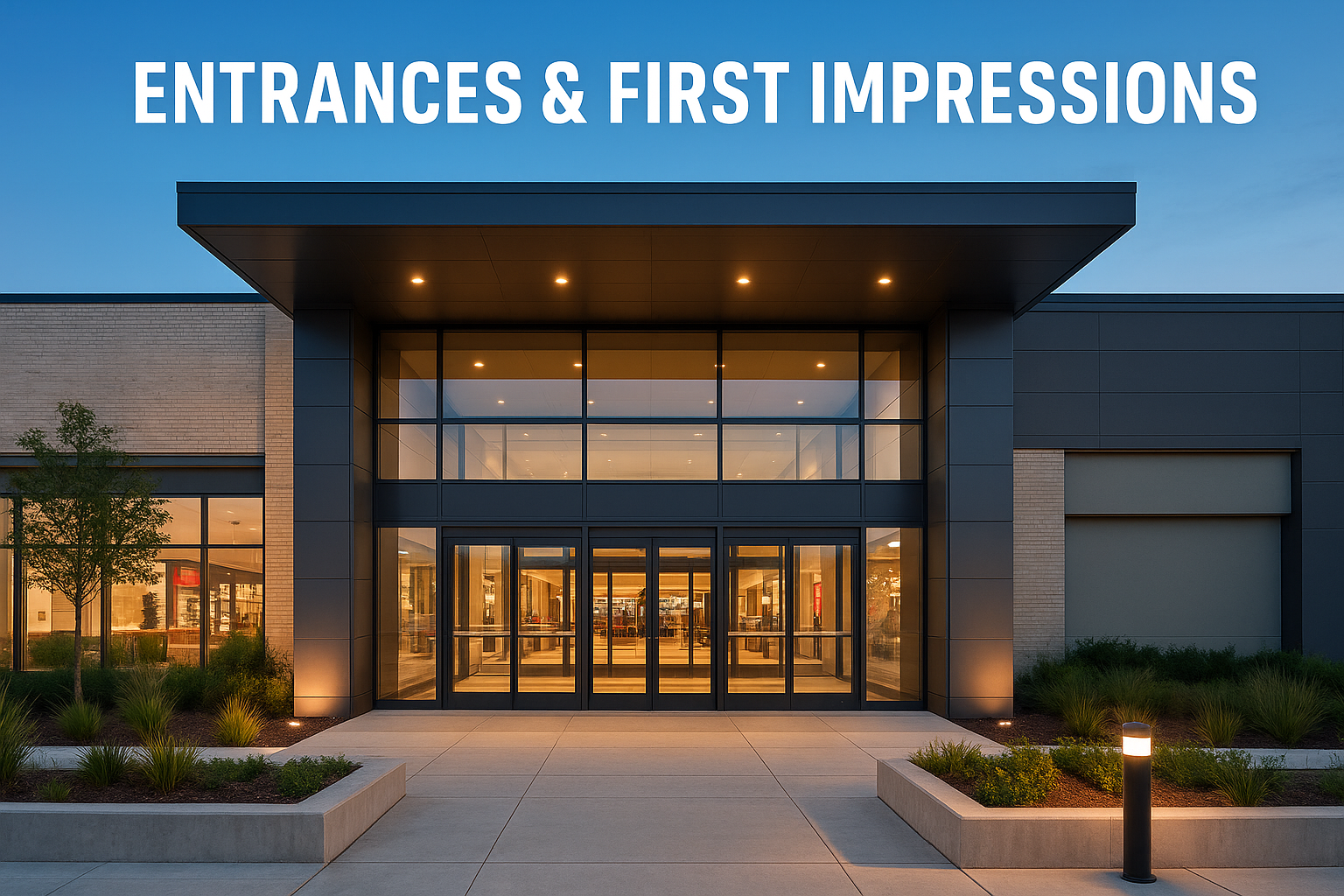
1. Entrances & First Impressions
The entrance design sets the tone for the entire shopping center.
- Glass facades, wide automatic doors, and digital signage create a welcoming, modern look.
- Landscaping and lighting guide customers into the property seamlessly.
2. Retail Units & Anchor Stores
Retail spaces must be flexible, functional, and attractive to tenants.
- Open floor plans allow easy customization for brands.
- High ceilings, neutral finishes, and energy-efficient lighting enhance visual appeal.
- Anchor stores are strategically placed to maximize foot traffic across the mall.
3. Food Courts & Dining Spaces
Food courts are no longer just about quick meals—they are social hubs.
- Natural light, varied seating, and ventilation improve comfort.
- Inclusion of outdoor dining spaces attracts more visitors, especially in warmer states.
4. Lobbies, Corridors & Common Areas
Corridors and lobbies influence how people move through the center.
- Spacious hallways with polished flooring and accent lighting enhance navigation.
- Lounges with comfortable seating encourage shoppers to extend their stay.
- Smart digital kiosks provide information, store directories, and wayfinding.
5. Restrooms & Utility Areas
Often overlooked, restrooms are crucial for customer satisfaction.
- Durable, easy-to-clean finishes ensure hygiene.
- Touchless fixtures and modern ventilation improve experience and sustainability.
- Clear signage helps accessibility and compliance with ADA standards.
6. Parking & Accessibility
Convenience begins before customers even step inside.
- Multi-level parking structures, EV charging stations, and covered walkways add value.
- Thoughtful layouts reduce traffic congestion and improve safety.
7. Sustainability & Smart Technology in Shopping Centers
- LEED-certified materials reduce long-term costs and environmental impact.
- Smart HVAC, energy-efficient lighting, and solar installations lower operational expenses.
- Automated systems improve maintenance efficiency and security.
8. Renovation & Repositioning for Modern Retail
Older malls across the USA are being transformed into mixed-use lifestyle centers.
- Converting unused retail into coworking spaces, gyms, or entertainment zones.
- Integrating residential and office spaces to create all-in-one destinations.
- Renovations focus on increasing foot traffic and long-term ROI.
Successful shopping center construction in the USA requires a holistic approach from the entrance and retail units to dining, restrooms, and parking. Every space contributes to customer experience, tenant satisfaction, and long-term profitability. By combining modern design, sustainability, and smart construction strategies, developers can build shopping centers that thrive in today’s evolving retail landscape.


